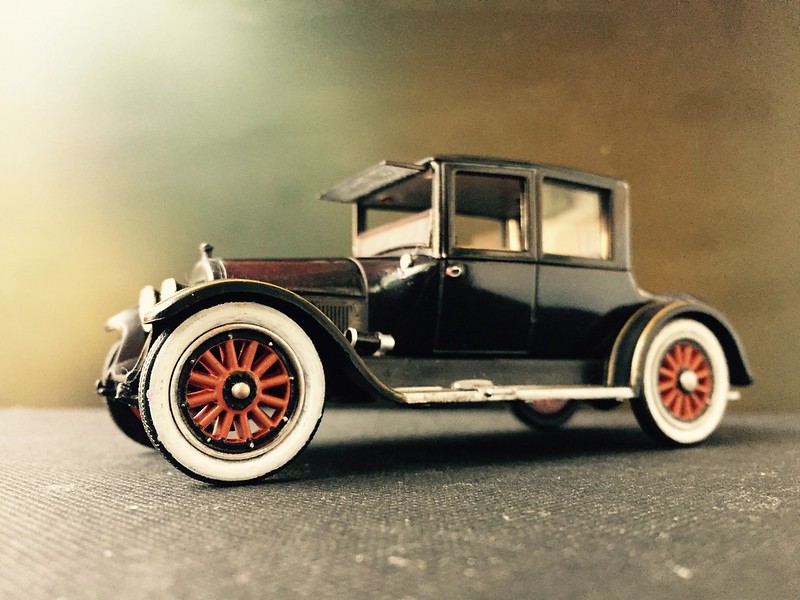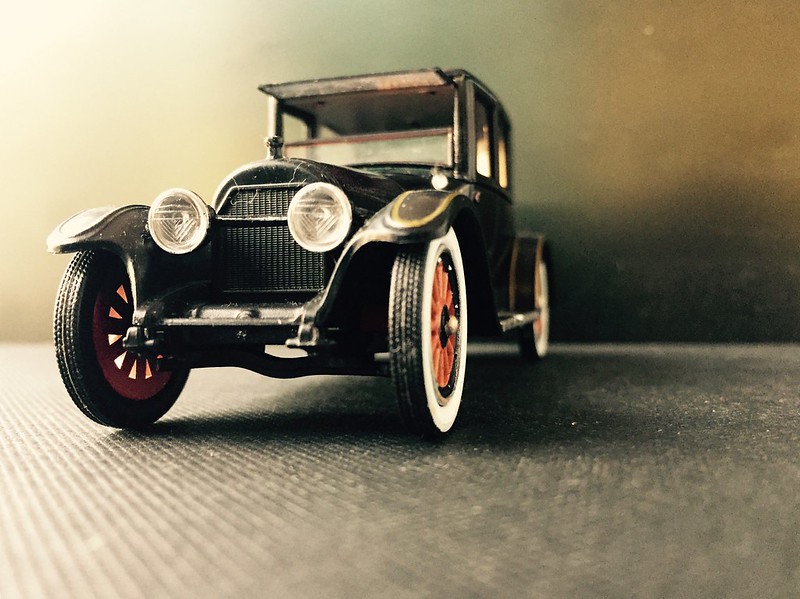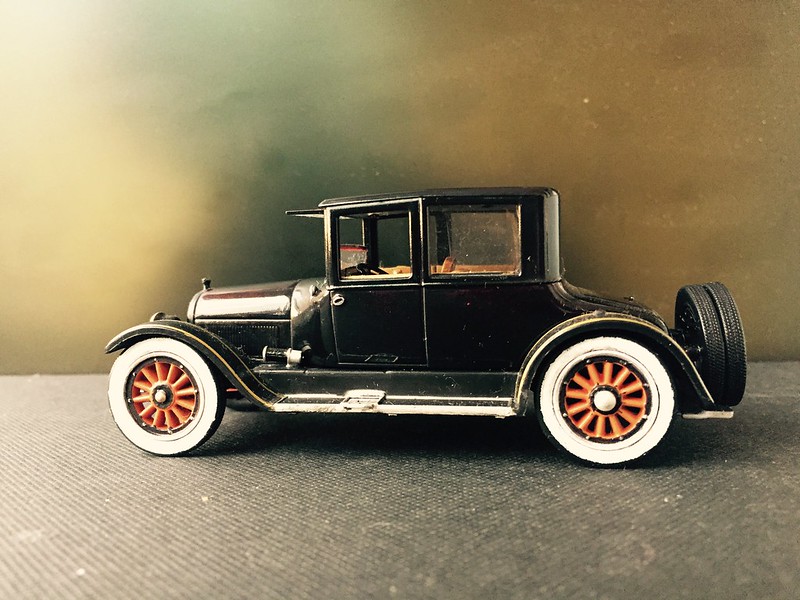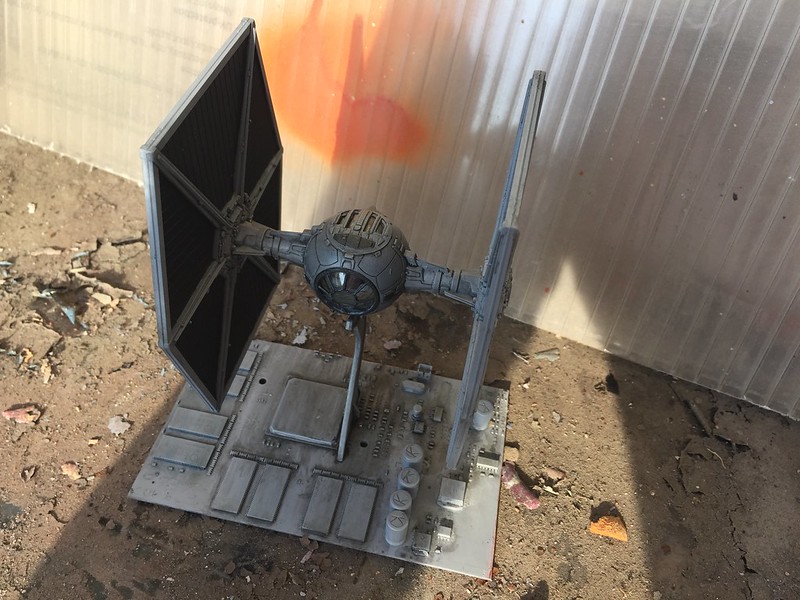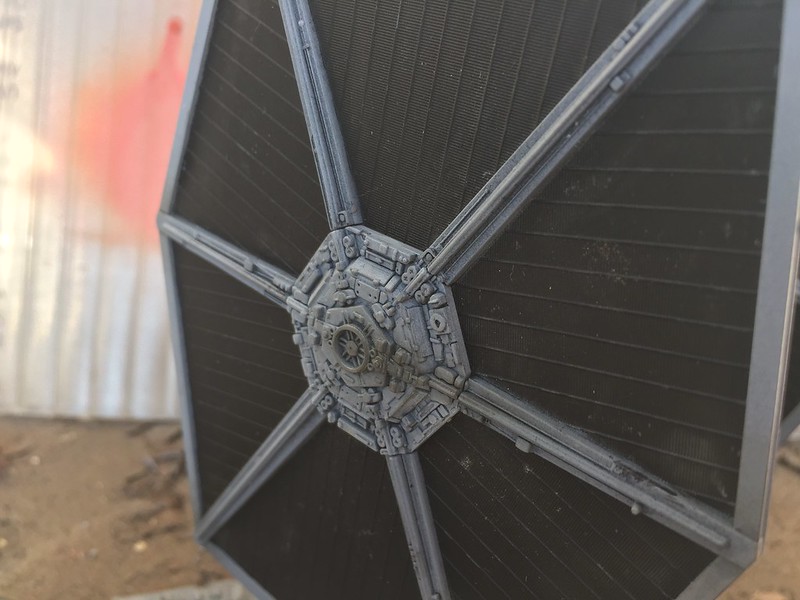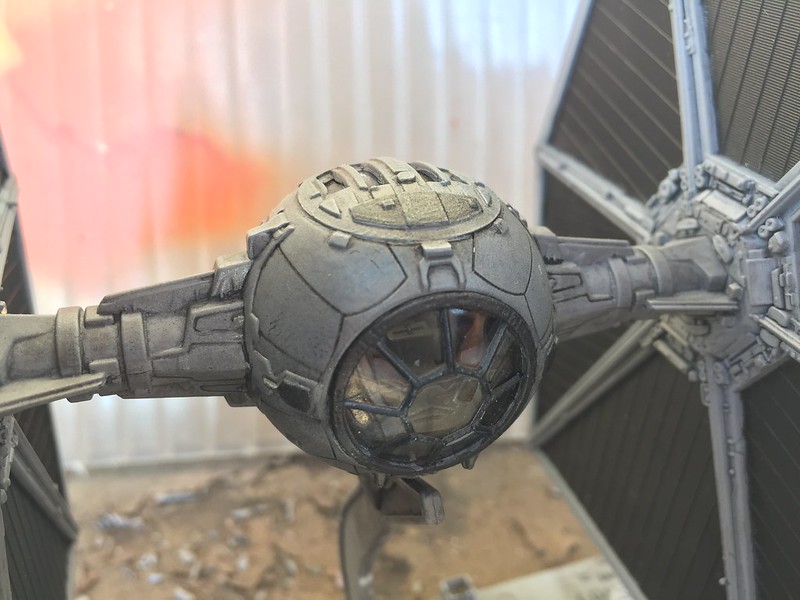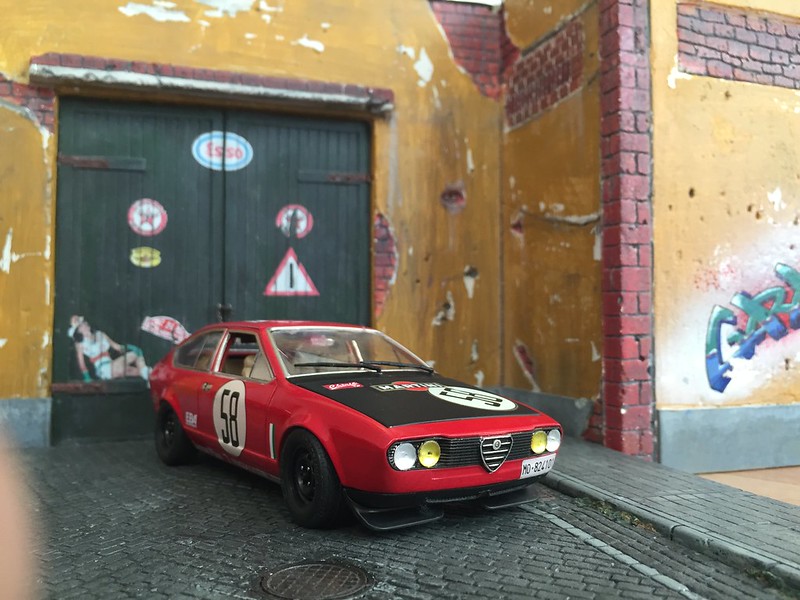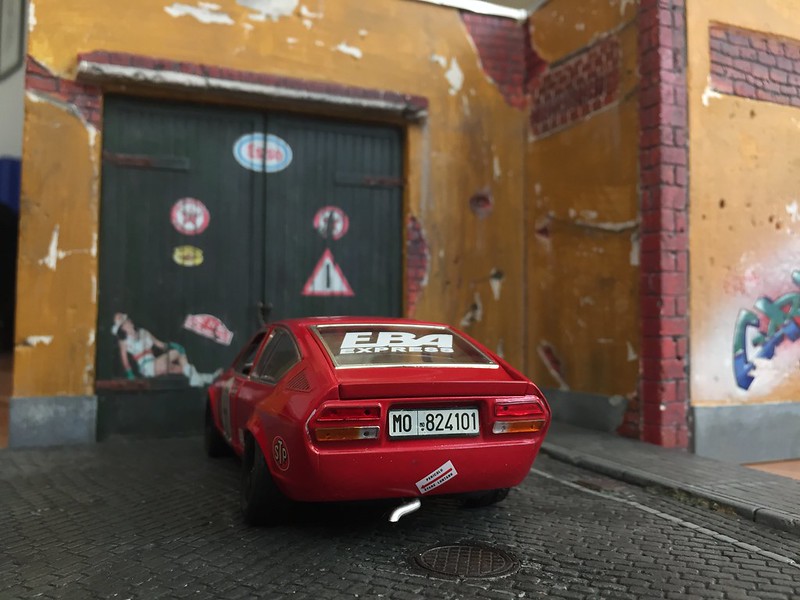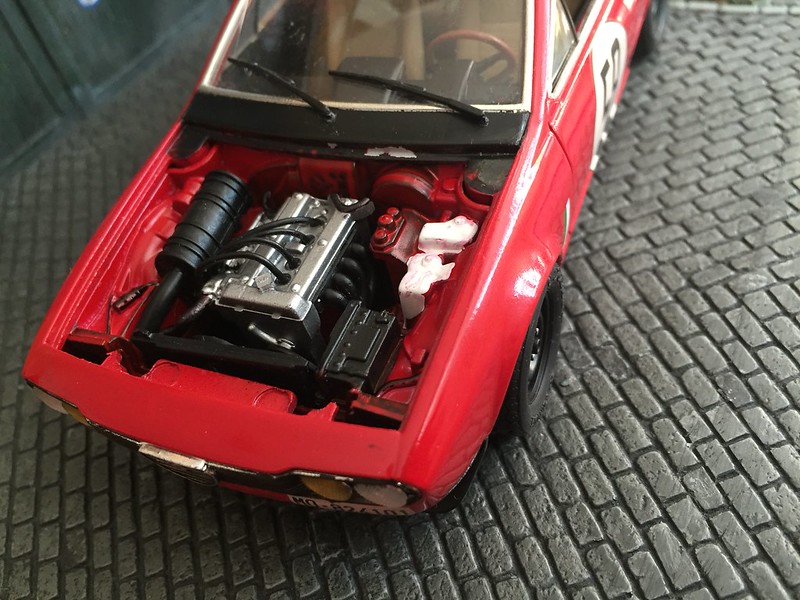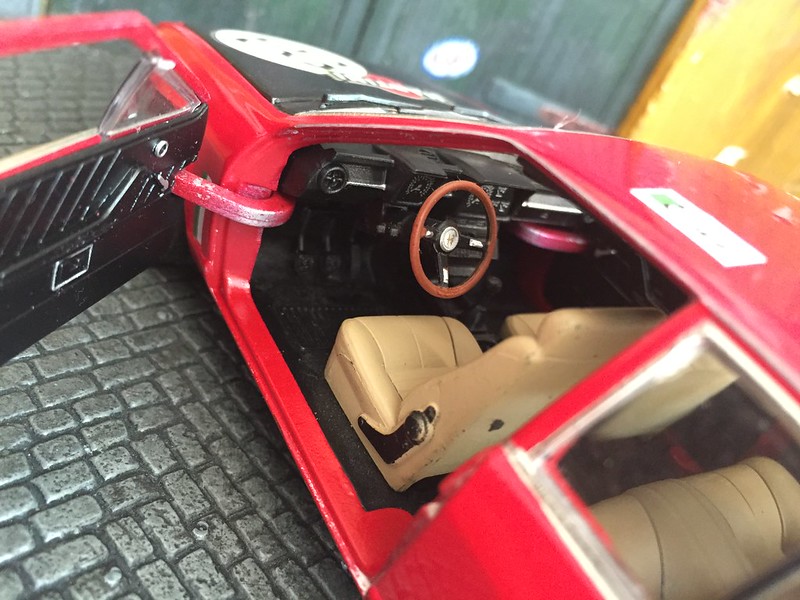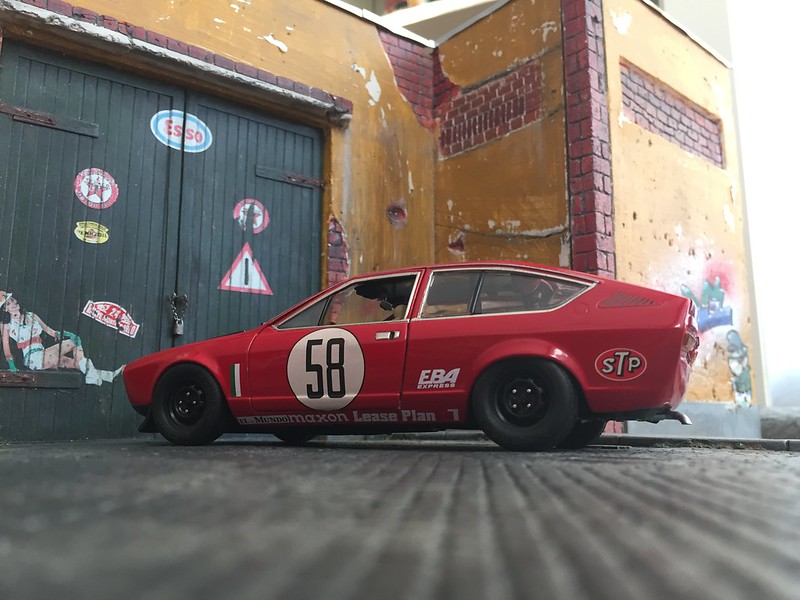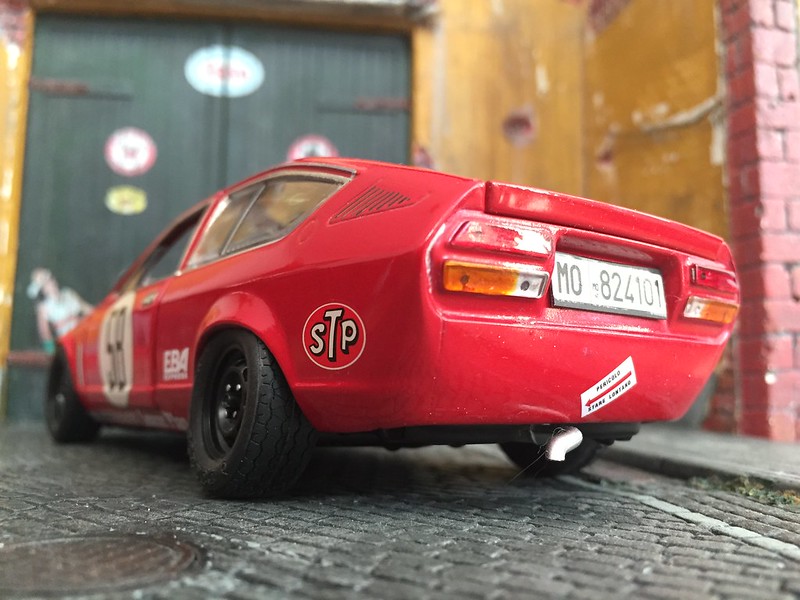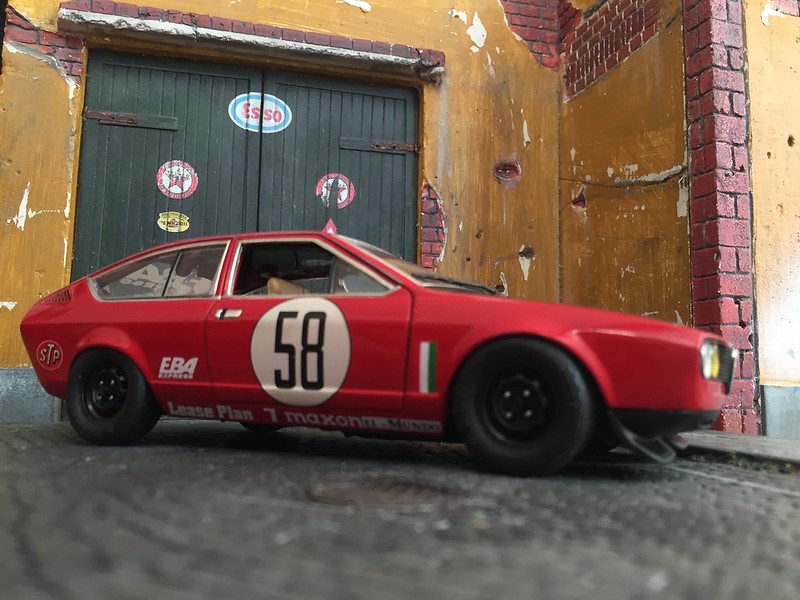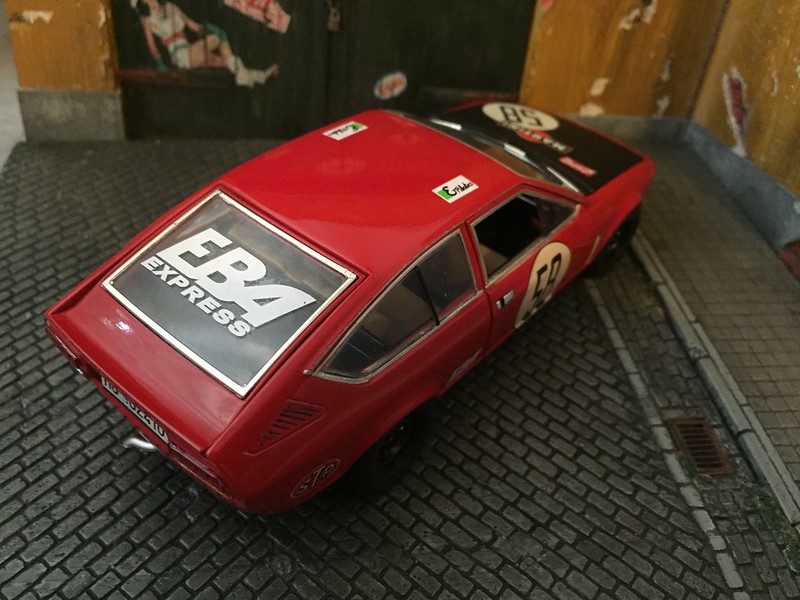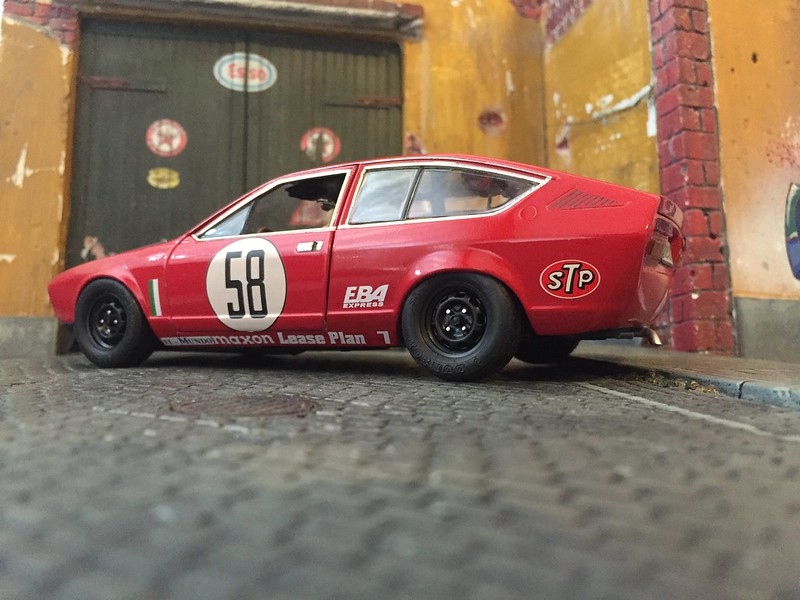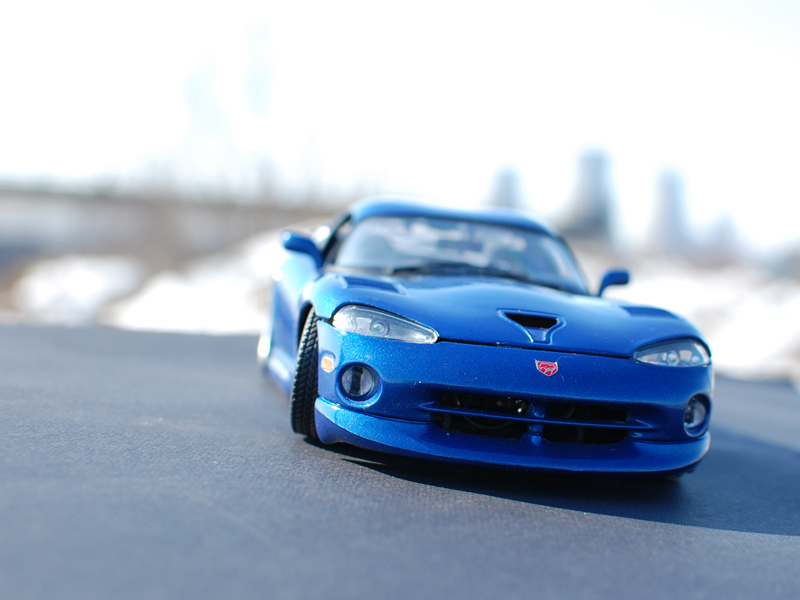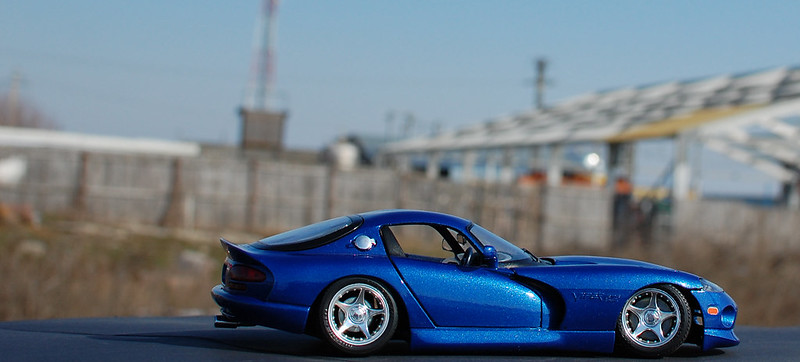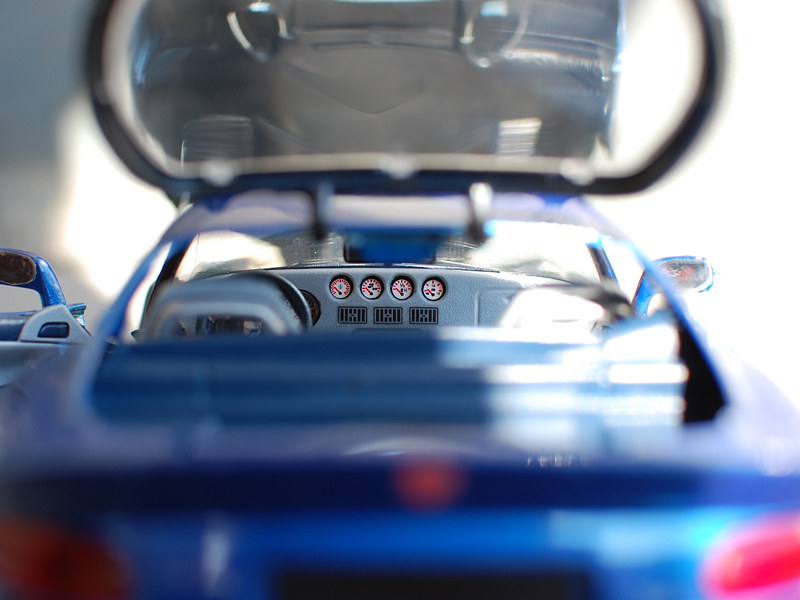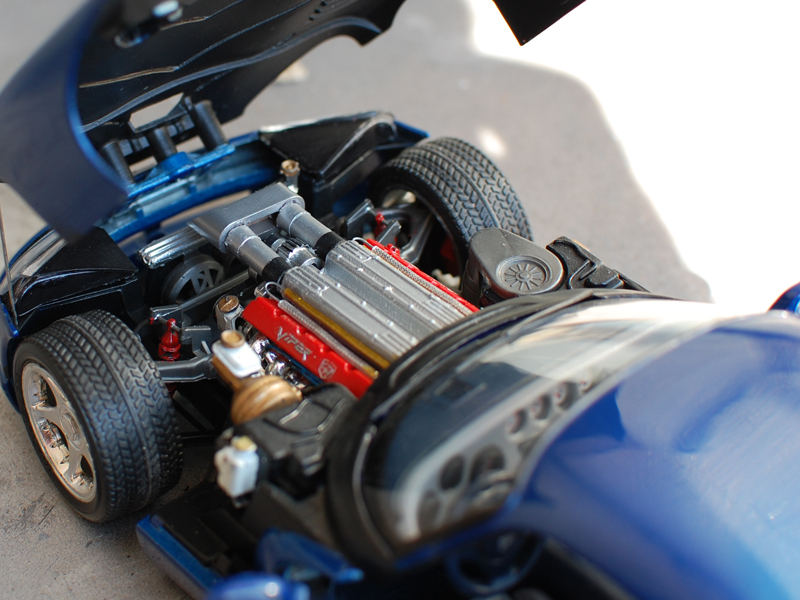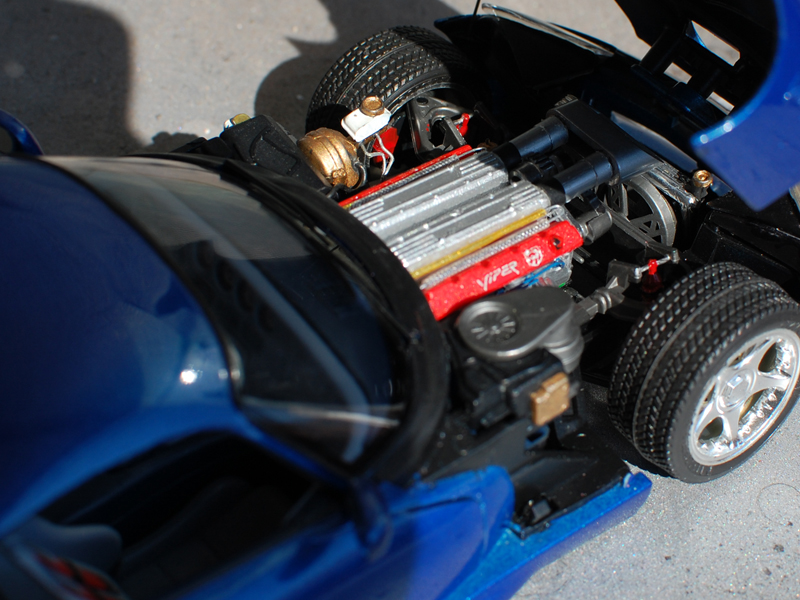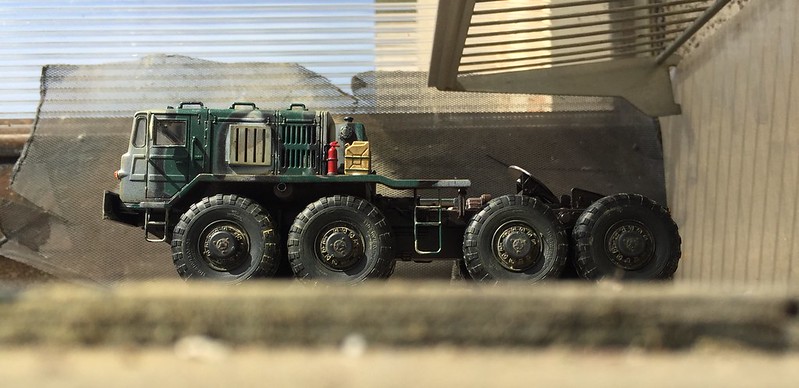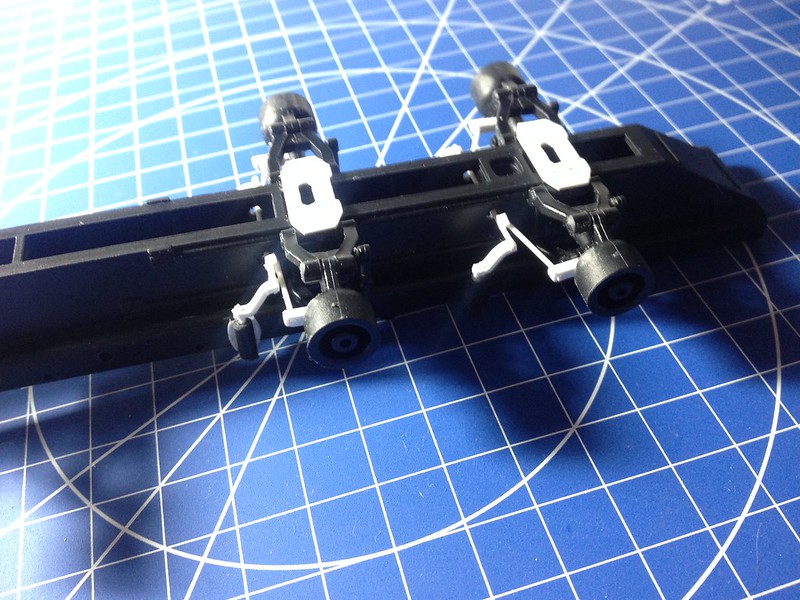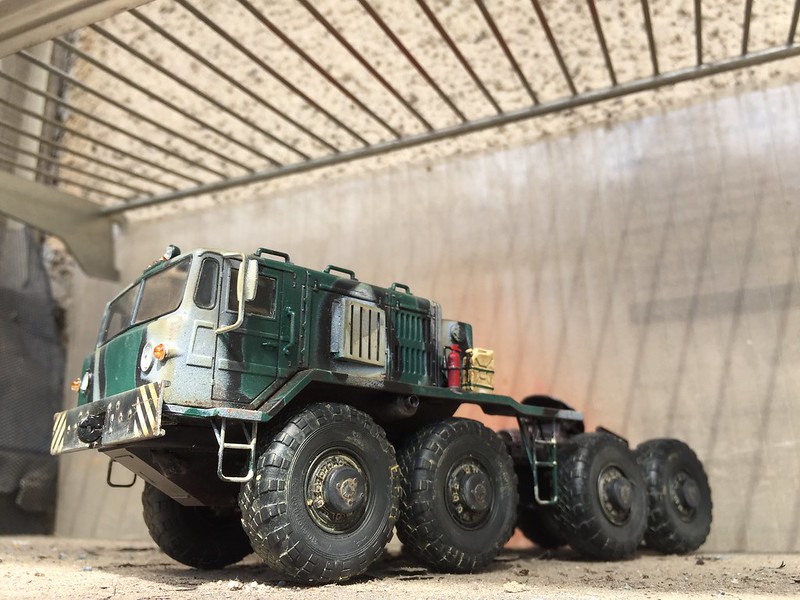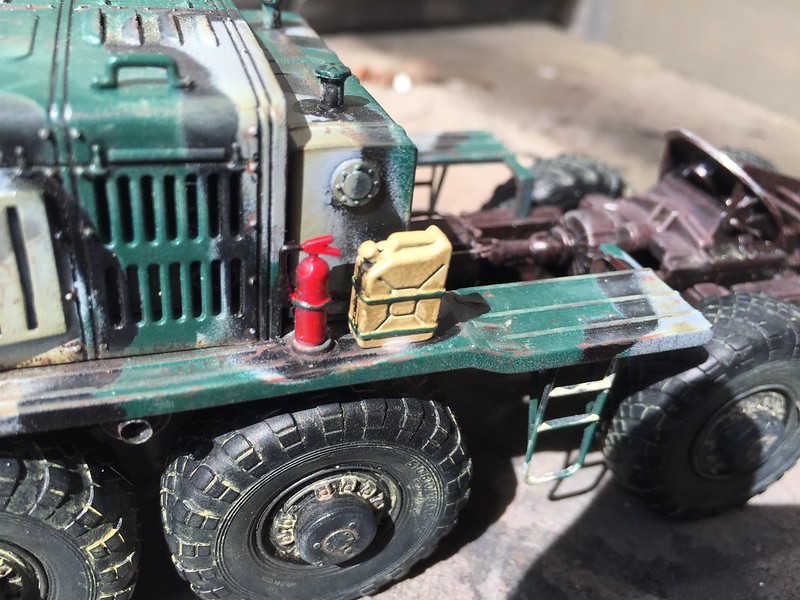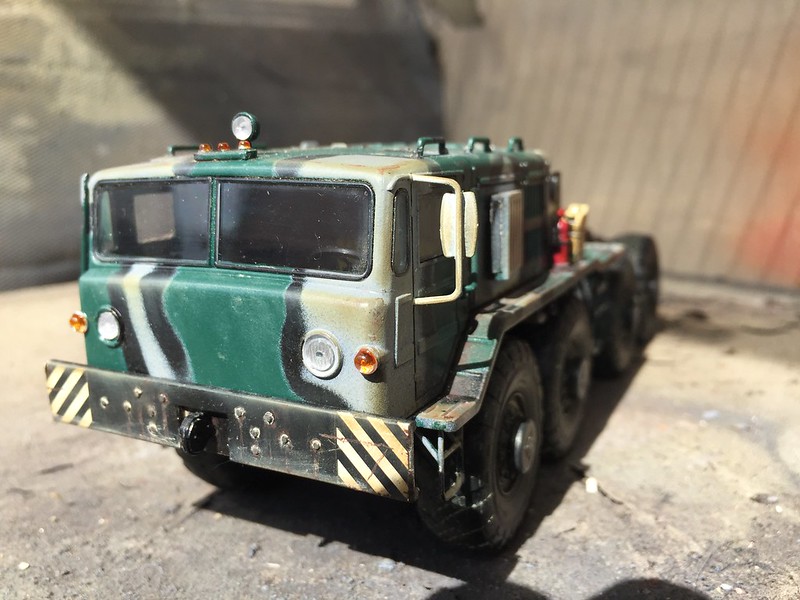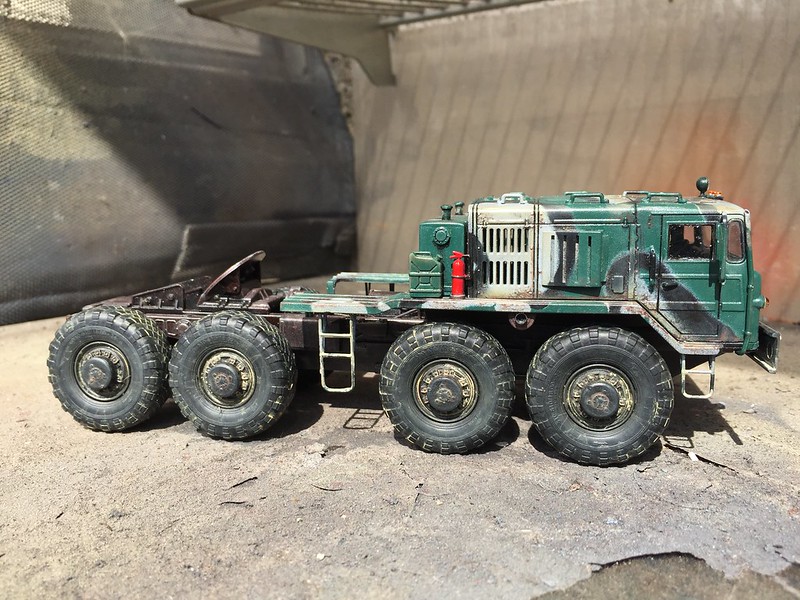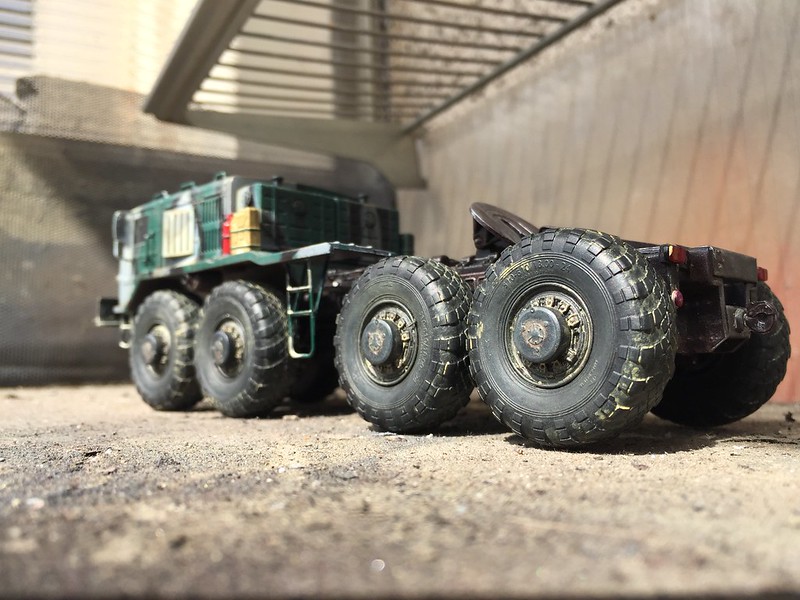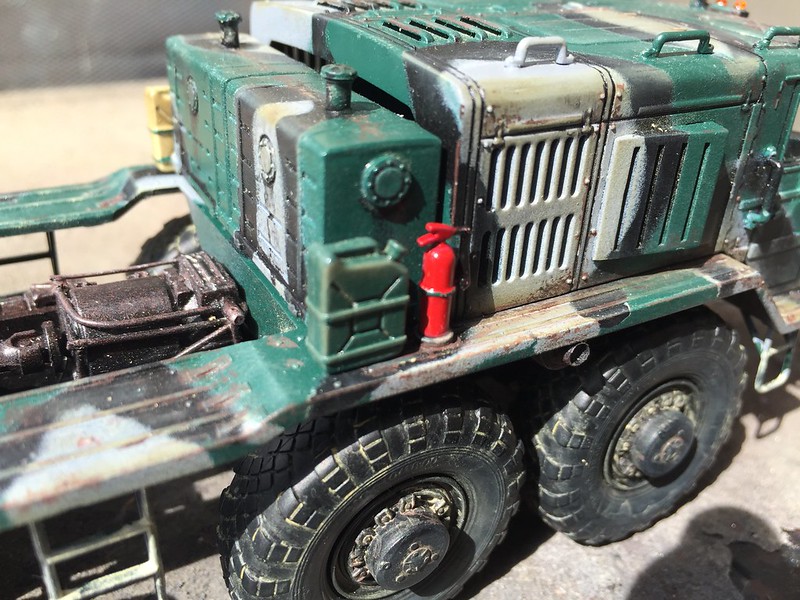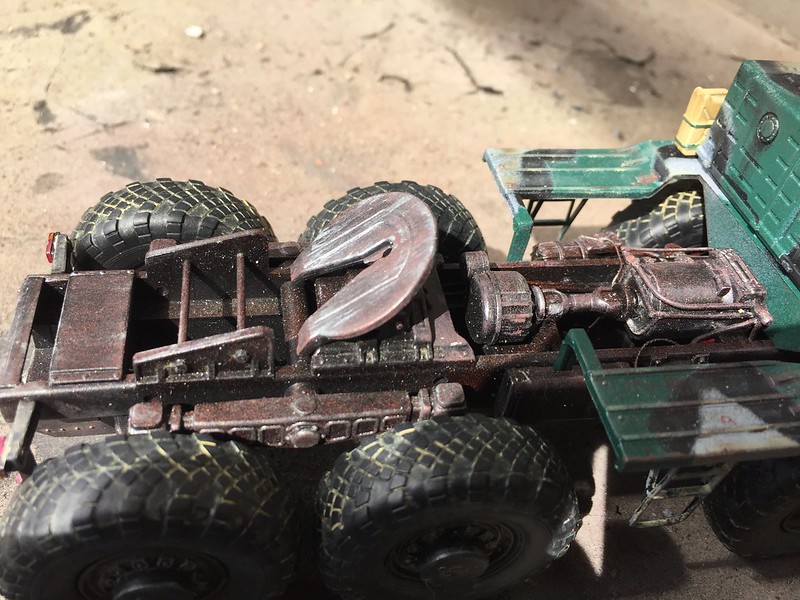
Back in 1914, Cadillac produced the first serial American V8 engine car. The 1914 L-Head. It was a sophisticated engine with an aluminium crankcase and it used a flat-plane crankshaft. Bore was 3.125 in
(79 mm) and stroke was 5.125 in (130 mm), for a total of
314 cu in (5.15 l) of displacement. Output was 70 hp (52 kW). It
was a 90° water-cooled L-Headed (side valve). The Project team for this
revolutionary engine for a mass production car, was leaded by Cadillac's chief
engineer (1914-1917), Scottish –born, D. McCall White. He was hired by Henry
Leland for his V-Engine expertise form Napier and Daimler, at Coventry. Later
on he becomes a vice president of Cadillac.
In 1914, The Cadillac
Type 51 was the first mass production car equipped with this type of engine.
So, the first V8 equipped mass production car! And is not only thing that make
this car different. The steer wheel is disposable to let big people to enter
easily inside the car. It was the first left hand direction (at the time as an
option) mass production car, also.
The model I present you
is an conversion having as base model the Amercom 1:43 fire department car.
Originally full red, I repainted it full black. The rims were repainted also,
trying to reproduce the wood. The tyres are white walled as in the period.
A light weathering on
the browned interior is meant to improve the realism note of the model.
As inspiration I had
the car owned by Jay Leno and presented by himsels in some Tv Shows.
But enough talking,
just enjoy the ride!

